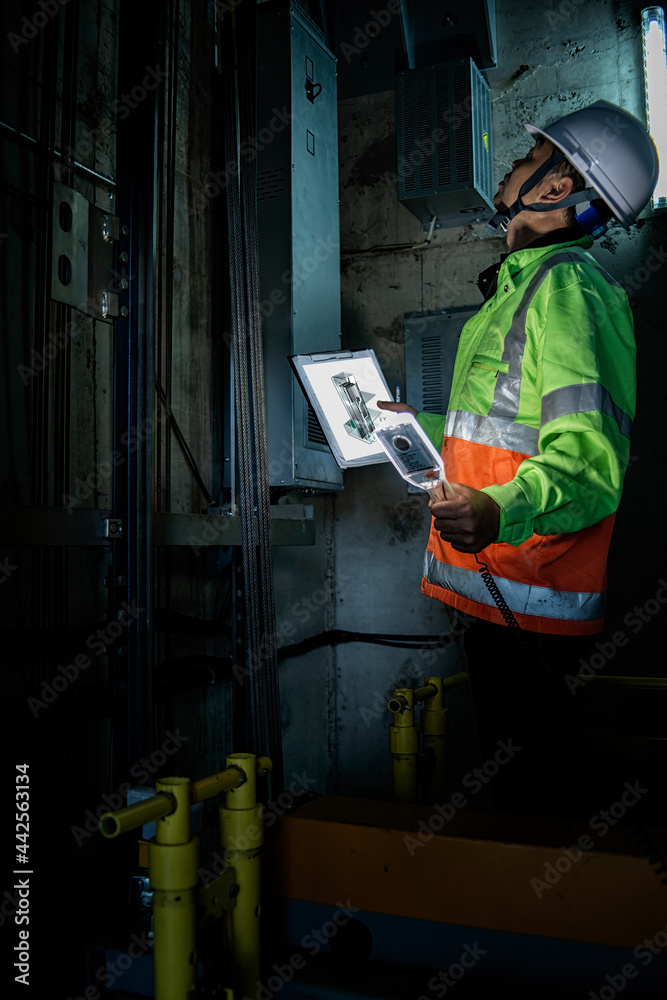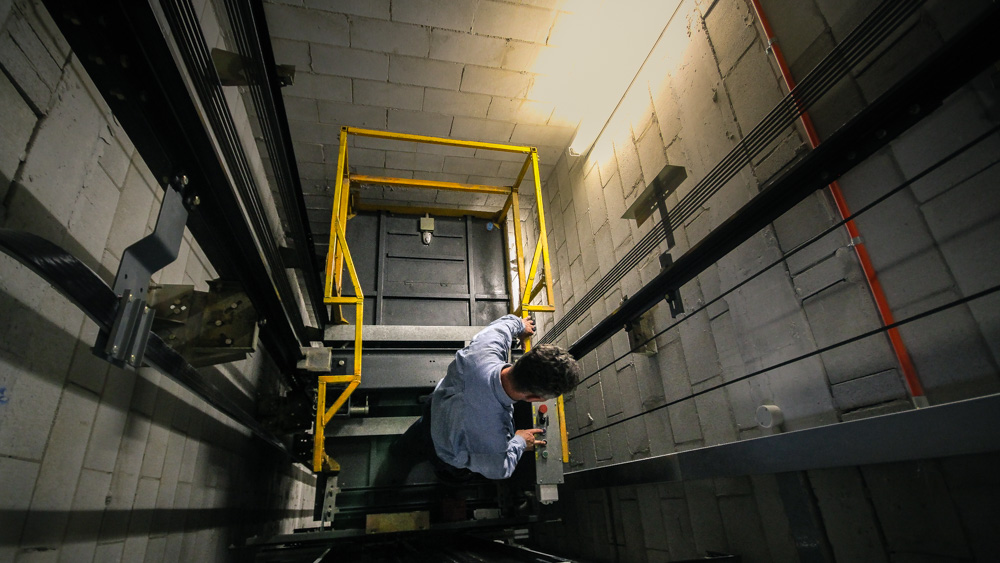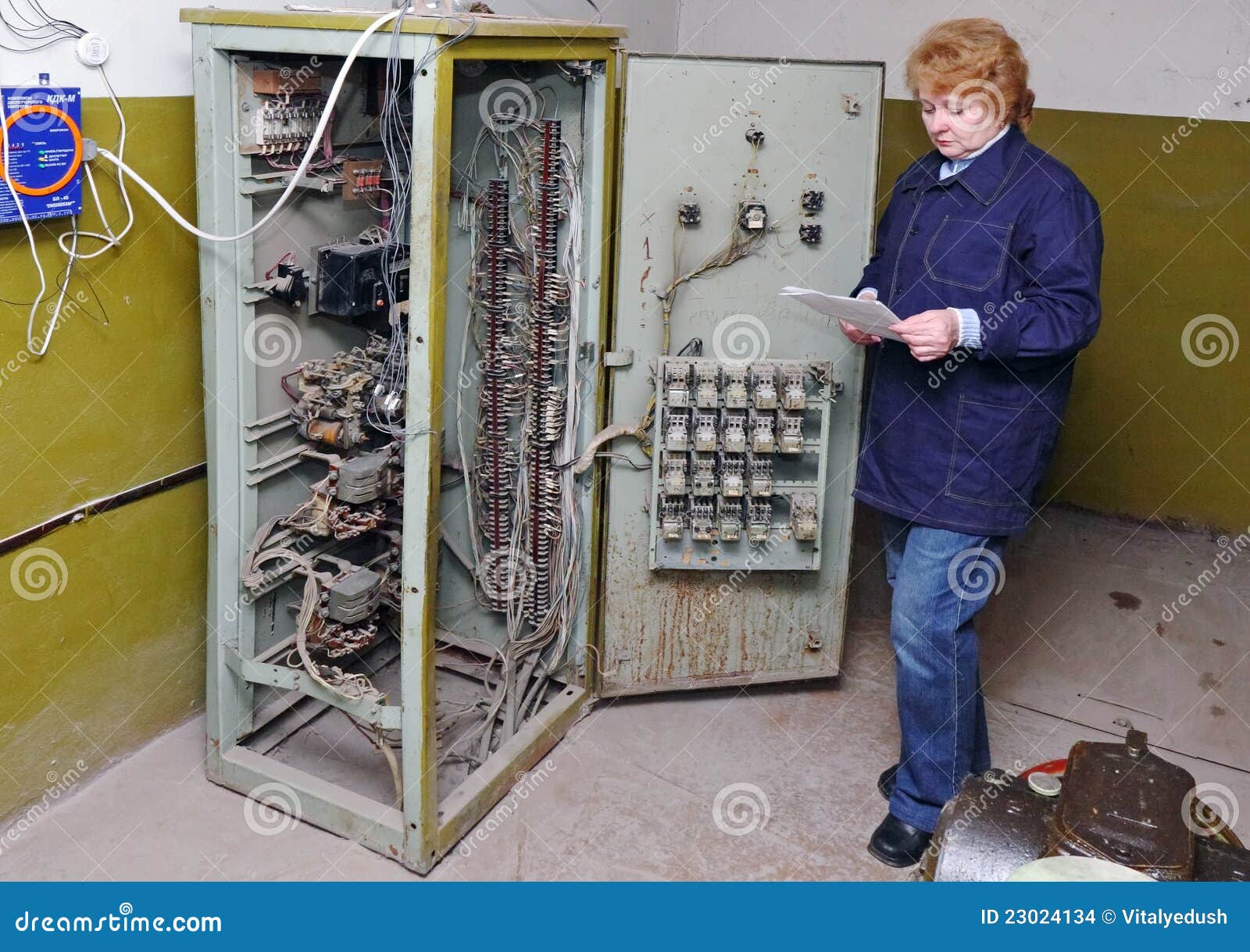Why You Required a Skilled Lift Engineer for Ideal System Performance
Why You Required a Skilled Lift Engineer for Ideal System Performance
Blog Article
Discovering the Comprehensive Procedures Required for Lift Maintenance
In the world of building maintenance, making sure the correct functioning and safety and security of lifts is paramount. By dealing with crucial facets such as proactive maintenance routines, safety and security checks, and emergency situation preparedness, a comprehensive understanding of the ins and outs entailed in lift upkeep can lead to enhanced efficiency and security.
Routine Examinations
When it comes to guaranteeing the durability and safety and security of your lift system, normal examinations are paramount. These routine checks play a vital duty in recognizing any kind of possible concerns prior to they rise into major problems, guaranteeing the risk-free and smooth procedure of the lift. By performing normal examinations, upkeep groups can proactively resolve damage, damaged parts, or any other issues that may jeopardize the lift's efficiency or safety and security.
Throughout these inspections, trained experts completely check out various aspects of the lift system, consisting of mechanical parts, electric systems, safety functions, and general architectural integrity (lift maintenance). They look for indicators of wear, rust, leaks, or any kind of abnormalities that could suggest an issue. Furthermore, they verify that all safety and security systems are functioning appropriately and in conformity with policies. By spotting and addressing problems at an early stage, these inspections assist avoid pricey repair services, downtime, or safety dangers, ultimately expanding the life expectancy of the lift system and ensuring the wellness of its users.
Proactive Maintenance Schedules
Applying aggressive upkeep routines is necessary for maximizing the efficiency and long life of lift systems. By sticking to an aggressive upkeep method, lift owners can deal with potential issues prior to they escalate right into significant issues, ultimately decreasing downtime and expensive repair work.
A well-structured proactive upkeep timetable must describe particular tasks, regularities, and liable workers. It is important to follow manufacturer suggestions and industry criteria when developing these routines to ensure the lift runs safely and efficiently. Furthermore, documenting upkeep activities and maintaining in-depth documents can offer valuable understandings into the lift's efficiency gradually, helping in making and identifying patterns educated maintenance decisions.

Security Compliance Checks
Making sure safety conformity through complete checks is paramount in preserving lift systems' reliability and securing customer well-being. Safety and security compliance checks include a comprehensive examination of various elements, consisting of electrical systems, mechanical parts, emergency situation brakes, doors, and other important safety functions. These checks are vital to identify any type of possible risks or malfunctions that might endanger the lift's operation and placed individuals at risk.
Routine safety conformity checks must be performed by qualified technicians in adherence to market guidelines and standards. These checks assist in identifying problems at an early stage, permitting for timely repair services and precautionary upkeep measures to be executed. Keeping comprehensive records of safety compliance checks is crucial for tracking the lift system's performance over time and showing conformity with safety and security guidelines.
Devices Upgrades and Modernization
Enhancing lift systems via devices upgrades and modernization is essential for improving performance and safety and security requirements in vertical transportation. As modern technology breakthroughs, older lift systems might end up being outdated, bring about reduced reliability and potential security risks. By buying tools upgrades and modernization, building proprietors can guarantee that their lifts fulfill existing industry criteria and guidelines.

Along with operational advantages, tools upgrades and innovation projects can likewise boost the looks of the lift, providing a much more modern-day and appealing experience for passengers. Inevitably, spending in lift upgrades and modernization is an aggressive method in the direction of guaranteeing the long life, safety, and efficiency of upright transport systems.
Emergency Preparedness Preparation
A reliable emergency preparedness plan is vital for ensuring the safety and quick feedback in instance of unexpected incidents including lift systems. Emergency preparedness preparation for lift systems entails a systematic method to alleviate dangers, make sure traveler security, and lessen downtime throughout emergency situations.
Trick parts of an emergency situation readiness strategy for lifts consist of clear communication procedures, routine training for lift operators on emergency procedures, and routine drills to test the effectiveness of the strategy. lift maintenance contract. Furthermore, the strategy ought to describe specific duties and duties for all stakeholders entailed, consisting of building management, maintenance employees, and emergency situation responders
In case of a lift malfunction or entrapment, having a distinct emergency situation plan can help in coordinating a effective and prompt response to guarantee the safety and well-being of guests. Timely communication, access to emergency devices such as communication tools and emergency lights, find this and knowledge of discharge treatments are essential aspects of a detailed emergency situation readiness prepare for lift systems. By focusing on emergency readiness preparation, structure supervisors can boost the general safety and security and reliability of their lift systems.
Final Thought
To conclude, the detailed actions required for lift upkeep consist of regular examinations, positive upkeep schedules, safety and security compliance checks, equipment upgrades and innovation, and emergency readiness preparation. These steps are essential for making sure the safety and security, dependability, and performance of lifts in various settings. By applying these measures, lift owners can decrease the risk of mishaps, prolong the life-span of their equipment, and adhere to sector regulations.

Throughout these inspections, trained experts extensively examine various elements of the lift system, consisting of mechanical parts, electrical systems, security functions, and total structural stability.Making certain safety and security compliance through complete checks is extremely important in keeping lift systems' integrity and safeguarding user well-being. Keeping comprehensive records of security compliance checks is important for tracking the lift system's performance over time and demonstrating compliance with safety regulations.
By prioritizing emergency readiness preparation, structure supervisors can improve the general safety and reliability of their lift systems.
Report this page